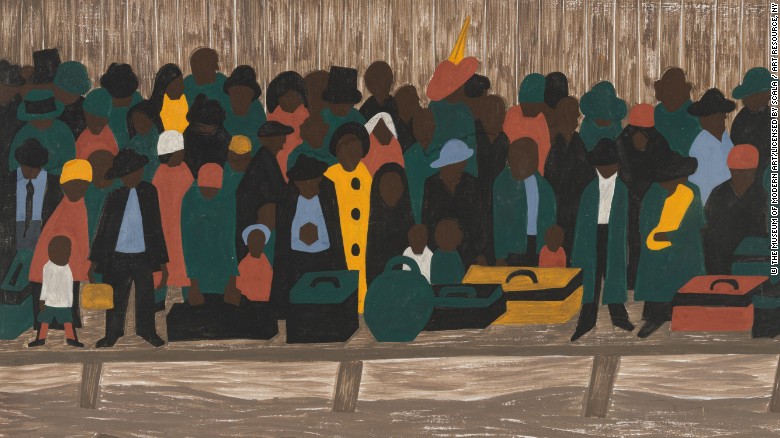MoMA’s Glenn Lowry: How art can solve our problems

I picked up The New York Times recently and was startled by the headline, "With Iraqis' Arrest in Finland, Atrocity Has Distant Fallout."
It made me think once again about how the chaos in the Middle East, the ongoing rise of terrorism, and the vast displacement of millions of people are increasingly part of our lives, no matter where we live.
According to the story, identical twins accused of shooting eleven people as part of a 2014 massacre in Tikrit, Saddam Hussein's hometown, somehow joined the exodus of refugees from Iraq and Syria. The pair made their way to Finland, presumably across Eastern Europe, where they eventually settled in the small town of Forsaa before being apprehended.
A world in chaos
After more than a decade of war and civil unrest in much of the Middle East, the more than 10 million refugees from the region have joined with the 50 million other refugees worldwide to create a global humanitarian crisis that threatens to destabilize countries, inflame nationalist sentiments, and place millions of people in limbo for months, if not years, in barely adequate living conditions.
And behind all of this is the fear, in many countries, that among new and established immigrant populations are terrorists who may be plotting more heinous crimes like those that just occurred in Brussels, or the events that traumatized Paris twice in 2015.
When we are constantly bombarded by stories about the crisis, it is all too easy to become inured to the waves of people fleeing war and poverty — until we are jolted out of our complacency by the image of a drowning child, or by rhetoric that smacks of Germany in the 1930s.
But it is also shocking when an art critic for Blouin Artinfo, writing about the worst art world moments of 2015, can say — whether in earnest or ironically — "Anyone asking what contemporary art can do about the refugee crisis: Hey, you know what contemporary art can do about the refugee crisis? Pretty much nothing. So let's move on!"
That is not my take.
Политика конфиденциальности | Правила пользования сайтом








